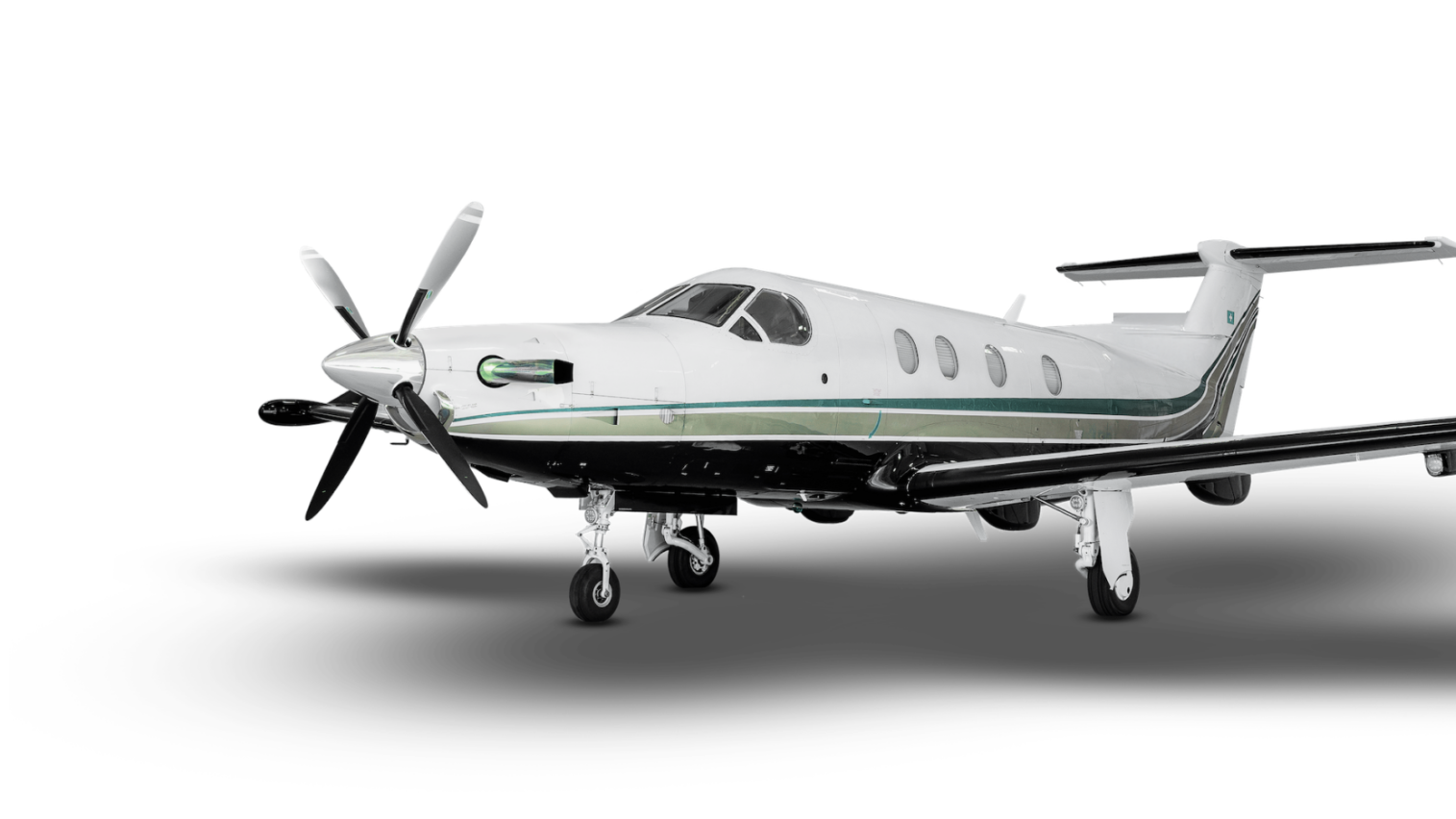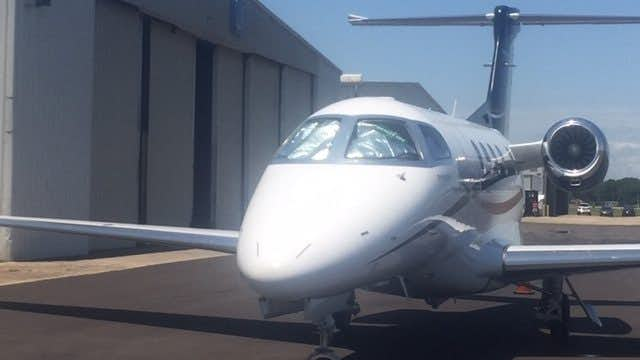

Among the many reasons private jets make sense for companies and high net worth individual, you can exclude keeping your travels private, at least if you own a private jet. And forget blocking. It is about to become much more difficult.
The ability to track tail numbers back to the owning company or individual can tip off competitors about possible mergers and acquisition activity you are pursuing. Tracking can also be used by spouses trying to suss out if their partner is having an affair. It is often used by reporters researching stories as well.
For example, Bloomberg this week reported, “In April, a stock research firm told clients that a Gulfstream V owned by Houston-based Occidental Petroleum Corp. had been spotted at an Omaha airport. The immediate speculation was that Occidental executives were negotiating with Buffett’s Berkshire Hathaway Inc. to get financial help in their $38 billion offer for rival Anadarko Petroleum Corp. Two days later, Buffett announced a $10 billion investment in Occidental.”
It’s not just a one-off. Justin Bachman, the reporter, notes, “A 2018 paper from security researchers at the University of Oxford and Switzerland’s federal Science and Technology department, tracked aircraft from three dozen public companies and identified seven instances of mergers-and-acquisitions activity.”
While it has been possible to block tracking of your tail number in the past, the Bloomberg report outlines a number of companies that have developed workarounds, including Quandl LLC, owned by Nasdaq, JetTrack, owned by Bloomberg LP among others.
JetTrack includes a full page of case studies. In one instance, it says an analyst using JetTrack would have been able to see a recent history of regular visits by Michael Kors executives to Milan, Italy, where Versace is located, prior to its $2.1 billion acquisition. In another case, it cites tracking flights by Conagra owned private jets as a tip-off to its $10.9 billion deal to buy Pinnacle Foods.
What might be more concerning is as of next year, ADS-B technology, which will be required for all aircraft flying in U.S. airspace, will mean “anyone with the right antennas can pick up ADS-B data and observe virtually all passing air traffic. A co-op called ADS-B Exchange takes information from a network of antennas around the world and makes it freely available.”
There are three easy ways companies and individuals can keep their private jet flights private. While some believe opaque registrations can make it harder to figure out the owner, Bloomberg says the method is far from secure.
So how can you make sure sensitive missions are private?
The three best choices are an on-demand charter, fractional ownership, and jet cards. Which one is right for you?
If you never care about being tracked, a one-off on-demand charter probably makes the most sense for that time that you do. The key is of course to find a good broker who can source aircraft and pilots that meet the standards of your company flight department.
If you don’t have a flight department, but use a management company, consider chartering from any Part 135 aircraft they also manage.
Fractional providers have long sold privacy as a key benefit of shares and leases. While it’s relatively easy to find out if you own a share, it’s pretty much impossible to find out who is flying in any of the aircraft for specific flights since you rarely if ever travel on the plane you own or lease.
The negative on fractional ownership is commitment starts at 50 hours and contracts typically run three to five years. Fractional ownership or leases may also mean disclosure to investors.
The other option is jet cards, which is the fastest growing segment of private aviation solutions, the number of programs and providers having more than doubled since the Great Recession.
Jet cards can be bought in increments of five to 100 hours or even more. When you are done, you either buy more, or you not, so there is no long term commitment.
You can specifically choose providers who meet aircraft and sourcing standards that meet your needs, and many card programs allow you to switch aircraft types based on the mission.
For example, on one trip you can choose a light jet, whereas for the next a large cabin or super-midsize aircraft. Unlike on-demand charter, you can also buy into programs that have fixed rates – so you know what you will pay in advance.
Most programs offer one-way pricing, so you don’t have to pay for ferry flights, and virtually all have service recovery guarantees, in case there is a mechanical. If you are doing a lot of winter weather flying, you can also find jet cards that include deicing.
Typically jet cards are recorded as a T&E expense like buying airline tickets, so it doesn’t require added disclosure, and best of all, there is no way to track your private flights since you aren’t flying on a plane that you own.
If you need supplemental private aviation solutions, Private Jet Card Comparisons provides subscribers comparisons of over 50 providers and more than 300 programs, including personal support to help you find the program that is best for you.